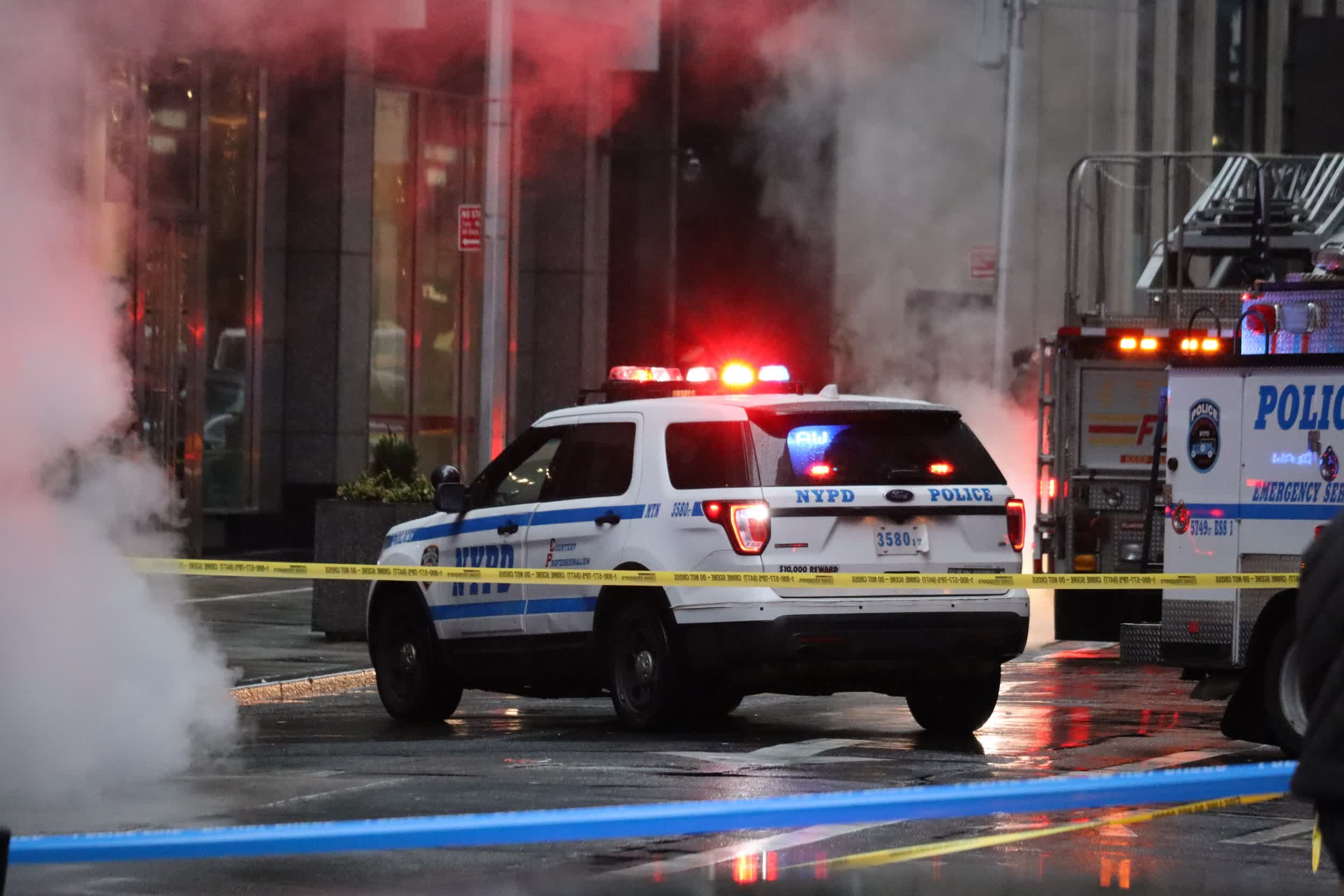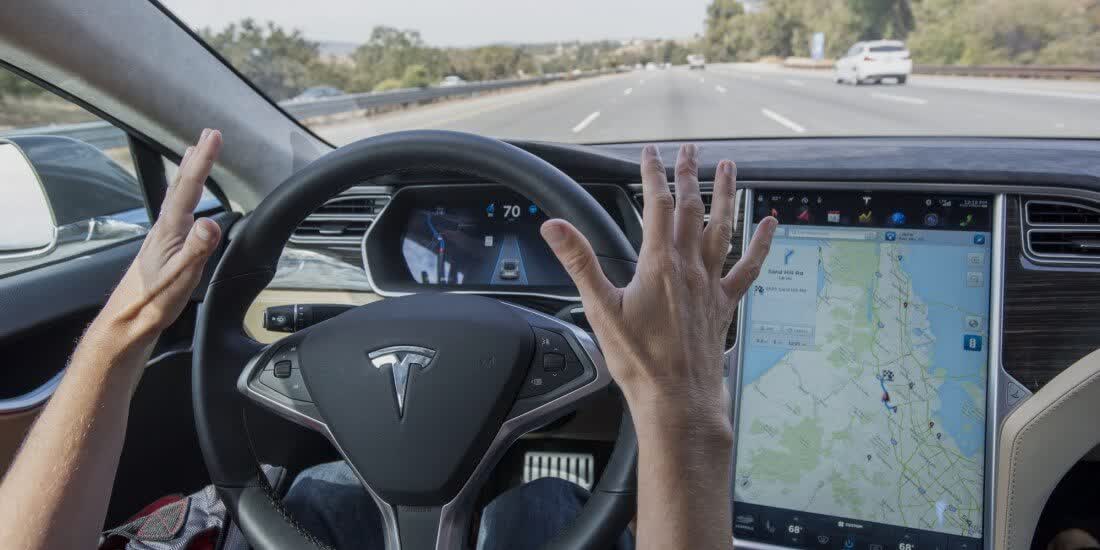In brief: The National Highway Traffic Safety Administration's (NHTSA) Office of Defects Investigation (ODI) has opened a preliminary evaluation of Tesla's Autopilot system. The report notes that most incidents happened after dark and involved typical scene control measures like first responder flashing lights, road cones and illuminated arrow boards. All of the Tesla vehicles involved were confirmed to have been in Autopilot or Traffic Aware Cruise Control mode when the crashes occurred.
According to the ODI's summary, it has identified 11 instances since January 2018 in which Tesla models of various configurations have encountered first responder scenes and subsequently struck one or more vehicles involved in the scene.
Collectively, the crashes resulted in 17 injuries and one fatality. Three of the 11 crashes occurred in California.

The investigation involves the SAE Level 2 ADAS system (Autopilot) on Tesla vehicles from 2014-2021 of the Model S, 3, X and Y variants, which spans approximated 765,000 total vehicles. It will specifically look at the tech and methods used to monitor, assist and enforce driver engagement when using Autopilot. Investigators will also look at the Object and Event Detection and Response (OEDR) of Teslas while in Autopilot mode.
Maybe it's just me, but wouldn't it be wise to... I dunno, take your Tesla out of Autopilot mode when approaching a first responder scene? Sure, self-driving tech still has a long way to go, but at some point, shouldn't personal responsibility factor into the equation?
Tesla is coming off of its strongest quarter to date, despite shortages related to the supply chain. Just last week, however, the electric automaker announced that its upcoming Cybertruck had been pushed back to 2022 due to unspecified circumstances (likely the ongoing chip shortage).
Image credit Campbell Jensen
